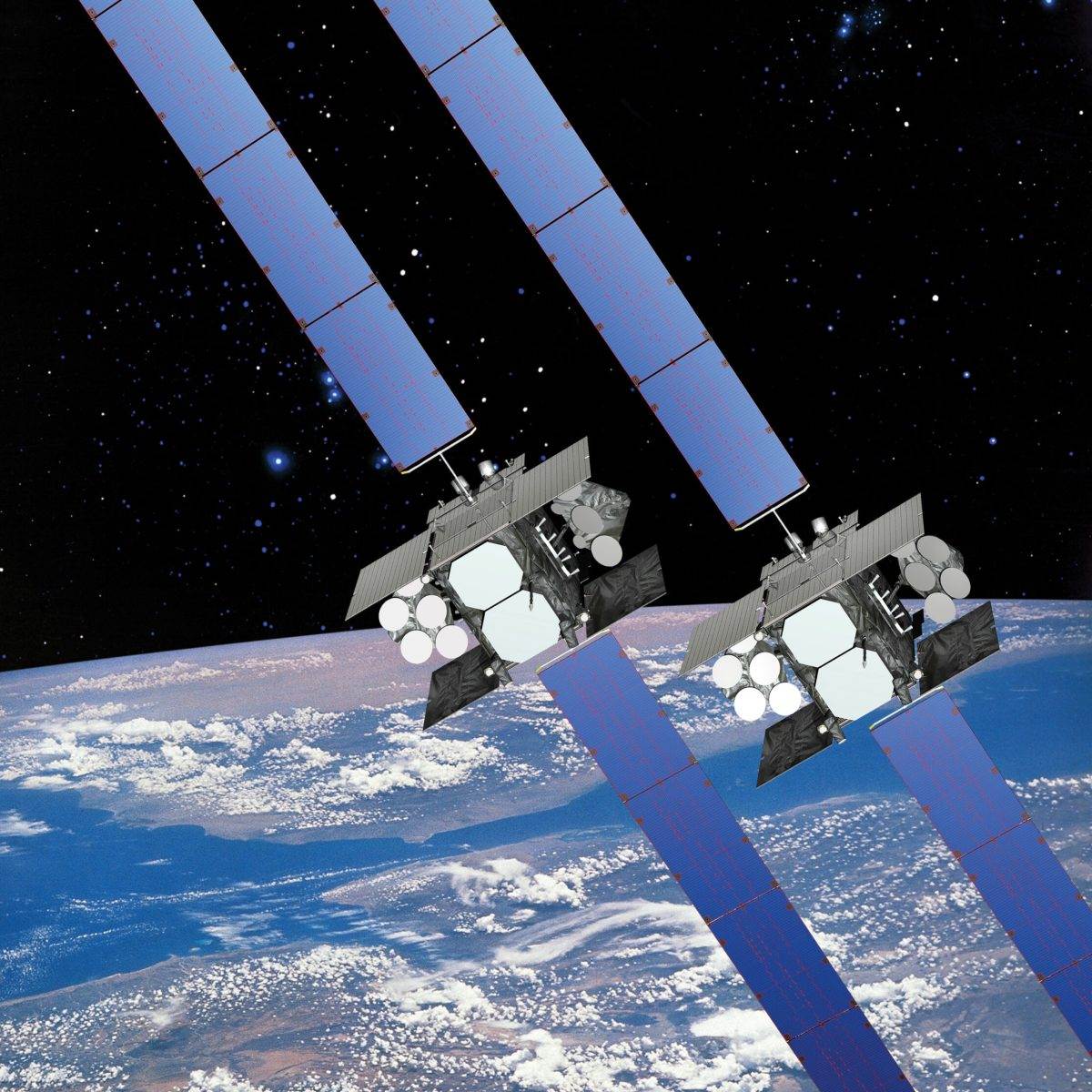Japan, Poland to join U.S. military satellite network

Top Stories Tamfitronics

WASHINGTON Japan and Poland are set to gain access to the U.S. militarys Wideband Global Satcom (WGS) satellite network, marking a strategic expansion of the system that currently supports the United States and several other partner nations.
Officials said the inclusion of these new partners reflects the growing importance of space-based communications for military coordination and response, as global tensions increasingly extend into the space domain.
The WGS satellites, built by Boeing and operated by the U.S. Space Force, provide high-capacity communication services for military operations. With 10 satellites in geostationary Earth orbit, WGS has been the backbone of U.S. military communications.
The first WGS-1 satellite launched in 2001.. The newest additions, WGS-11 and WGS-12, will be launched in 2025 and 2027 respectively, and will serve as the primary access point for Japan and Poland under their recent agreements.
Lt. Col. Nicholas Yeung, of the Space Systems Commands International Affairs Office, emphasized the broader significance of the agreements at the recent Space Industry Days conference in Los Angeles. International space programs are essential for security cooperation, he noted. Alliances are vital as the U.S. and its allies face new threats from anti-satellite technologies being developed by Russia and China, Yeung said.
Japan and Poland join a WGS coalition that includes Australia, Canada, Denmark, Luxembourg, the Netherlands, New Zealand, Norway and the Czech Republic, as well as other NATO countries that leverage the WGS system when needed.
Notably, WGS allows participating nations to share the costs of satellite development and upkeep, alleviating the financial burden for the United States. For instance, Australia financed the WGS-6 satellite, while a consortium of other allies contributed to WGS-9 and helped to fund the launch of WGS-11.
The program in recent years has faced scrutiny from Congress. In 2023, the Department of the Air Force was required by Congress to validate that the upcoming WGS-12 satellite would fulfill military requirements that could not be met by commercial alternatives. The review ultimately confirmed that while commercial satellite communications services play a valuable role in military operations, certain security requirements necessitate purpose-built government systems like WGS.
Top Stories Tamfitronics International collaboration in space
Deanna Ryals, director of the Space Systems Commands International Affairs Office, described a surge in interest from U.S. allies eager to pursue collaborative space ventures.
More nations have started to prioritize space as a national need they want to invest in, she said in a recent media briefing.
This interest aligns with the North Atlantic Treaty Organization’s (NATO) increased focus on space, spurred by the shifting security environment following the invasion of Ukraine.
In response, NATO has initiated two programs Northlink and Starlift aimed at bolstering the alliance’s satellite and launch capabilities. Ryals said the United States has signed letters of intent to explore participation in these programs. She said U.S. involvement will depend on discussions about how best to contribute.
Starlift seeks to ensure that NATO members with satellite launch capabilities can support their allies during crises or conflicts, facilitating collective responses to security threats. Northlink, meanwhile, focuses on building a multinational communications network specifically for the Arctic region, where NATO aims to counteract Russian military activity.
These initiatives represent a step in preparing for future needs, Ryals said. She added that legal frameworks and logistical requirements are being carefully reviewed to support joint operations and multinational space missions.

Sandra Erwin writes about military space programs, policy, technology and the industry that supports this sector. She has covered the military, the Pentagon, Congress and the defense industry for nearly two decades as editor of NDIAs National Defense…More by Sandra Erwin
Discover more from Tamfis Nigeria Lmited
Subscribe to get the latest posts sent to your email.



 Hot Deals
Hot Deals Shopfinish
Shopfinish Shop
Shop Appliances
Appliances Babies & Kids
Babies & Kids Best Selling
Best Selling Books
Books Consumer Electronics
Consumer Electronics Furniture
Furniture Home & Kitchen
Home & Kitchen Jewelry
Jewelry Luxury & Beauty
Luxury & Beauty Shoes
Shoes Training & Certifications
Training & Certifications Wears & Clothings
Wears & Clothings
















